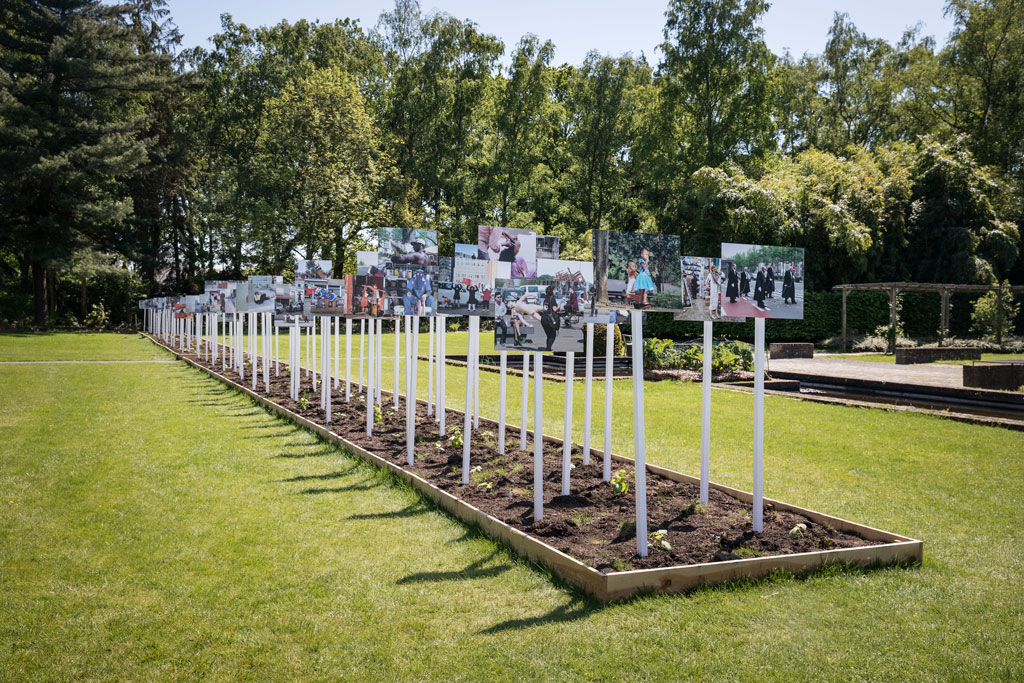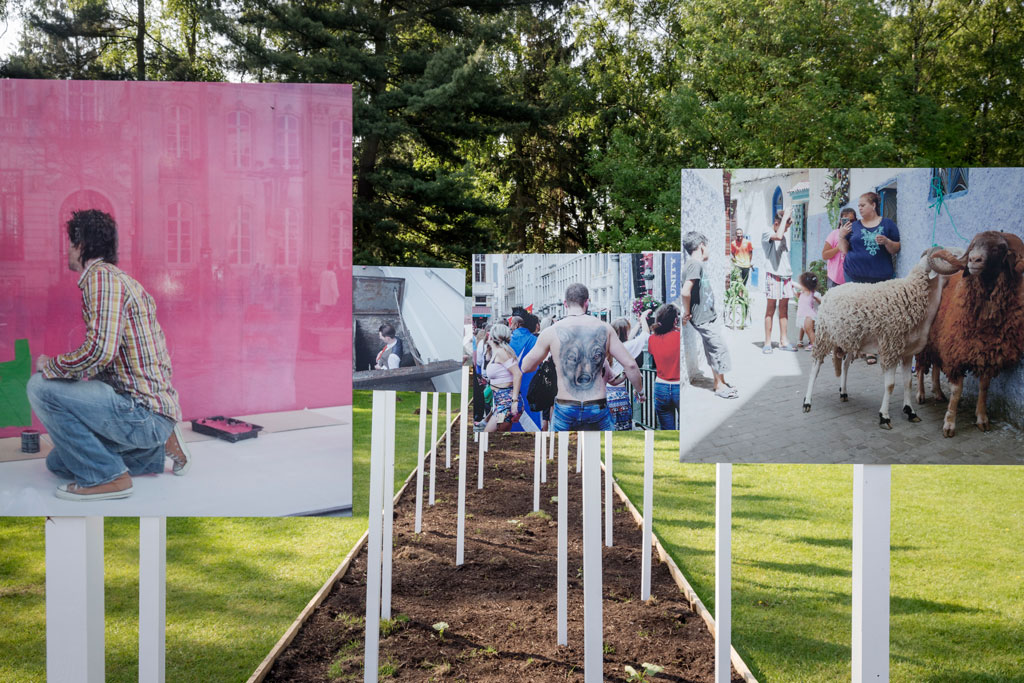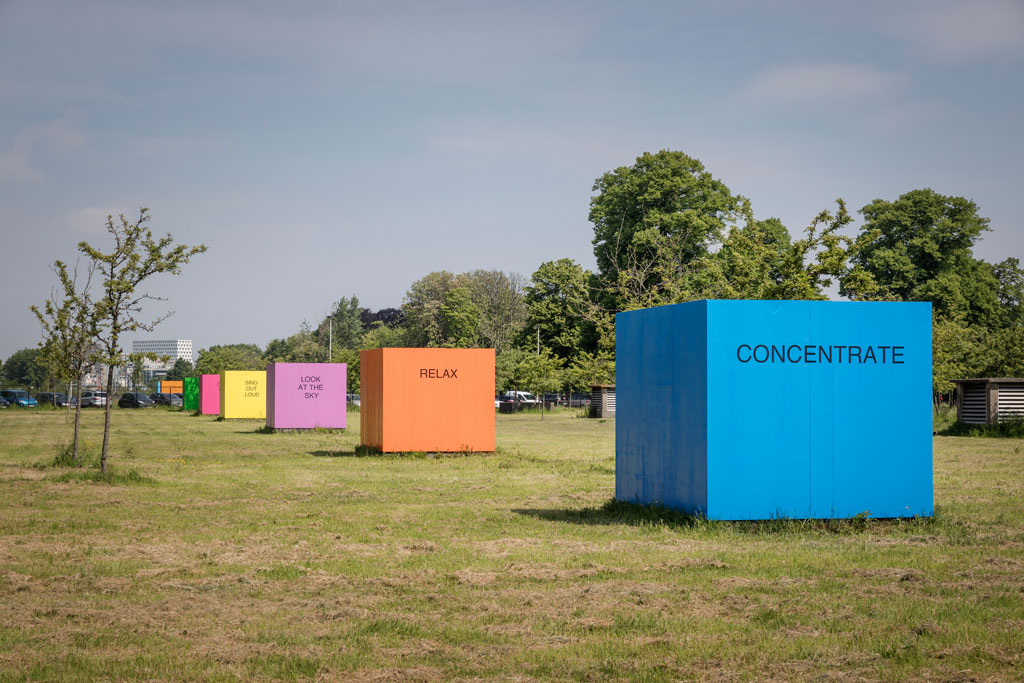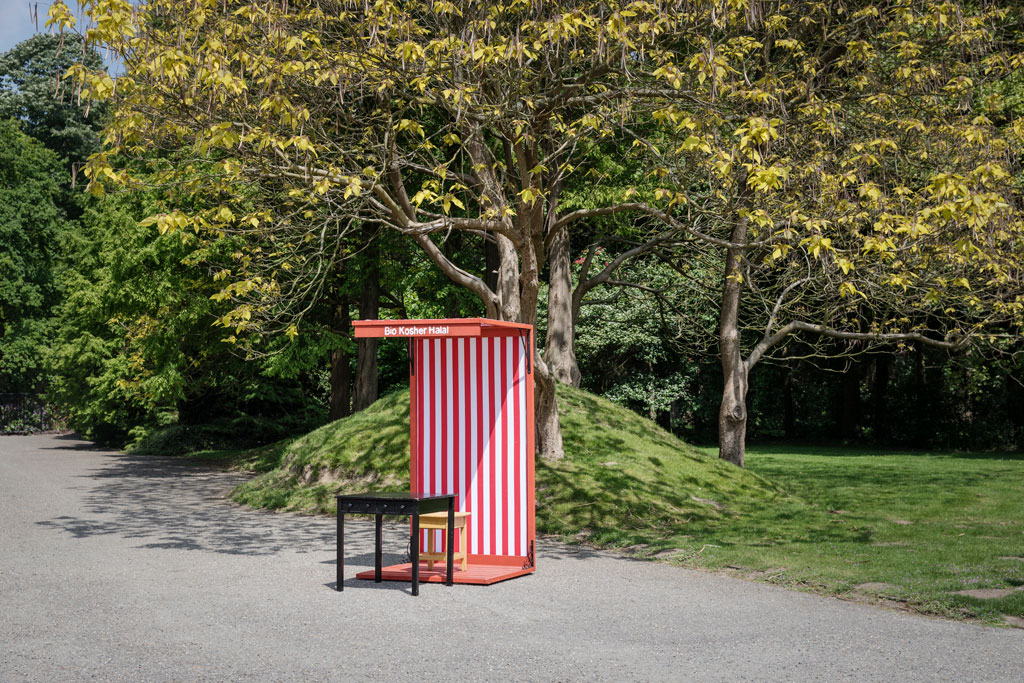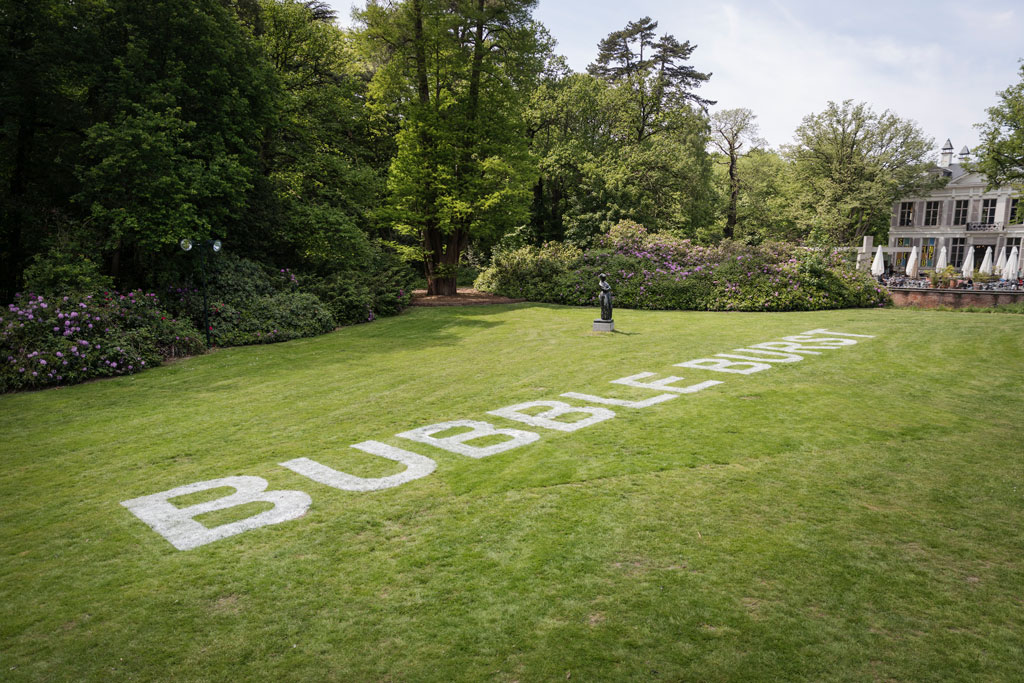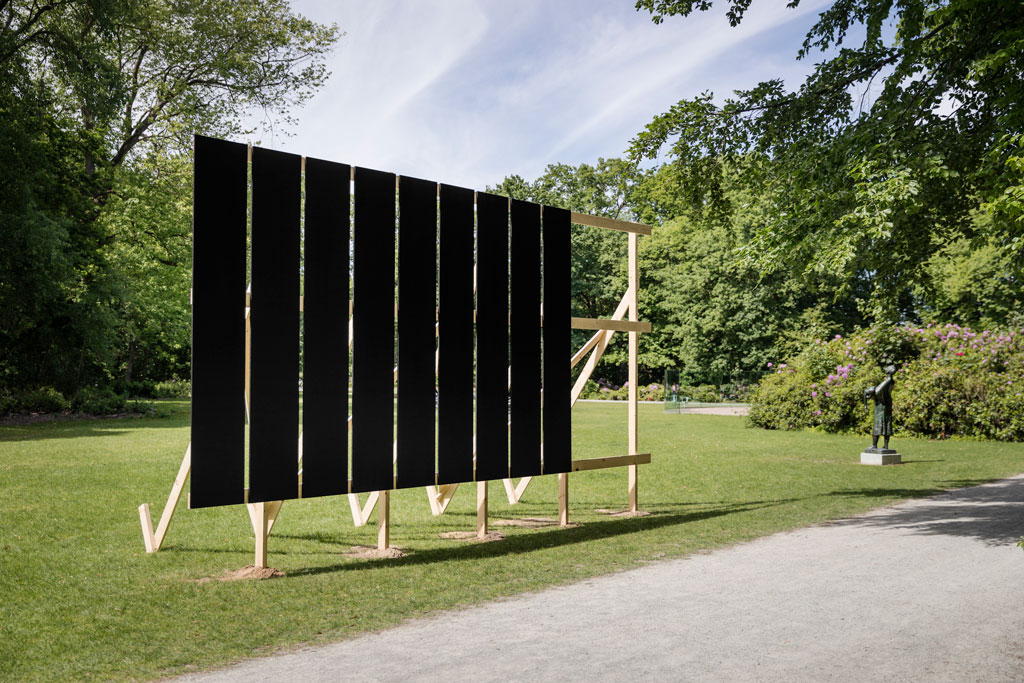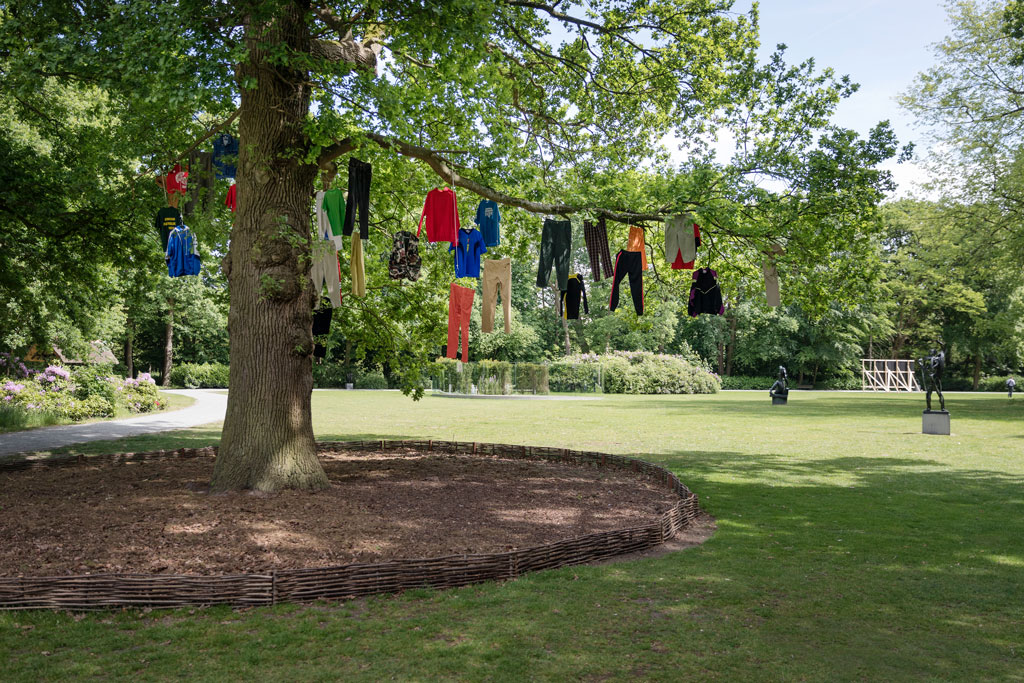ART-PRESENTATION:Ria Pacquée
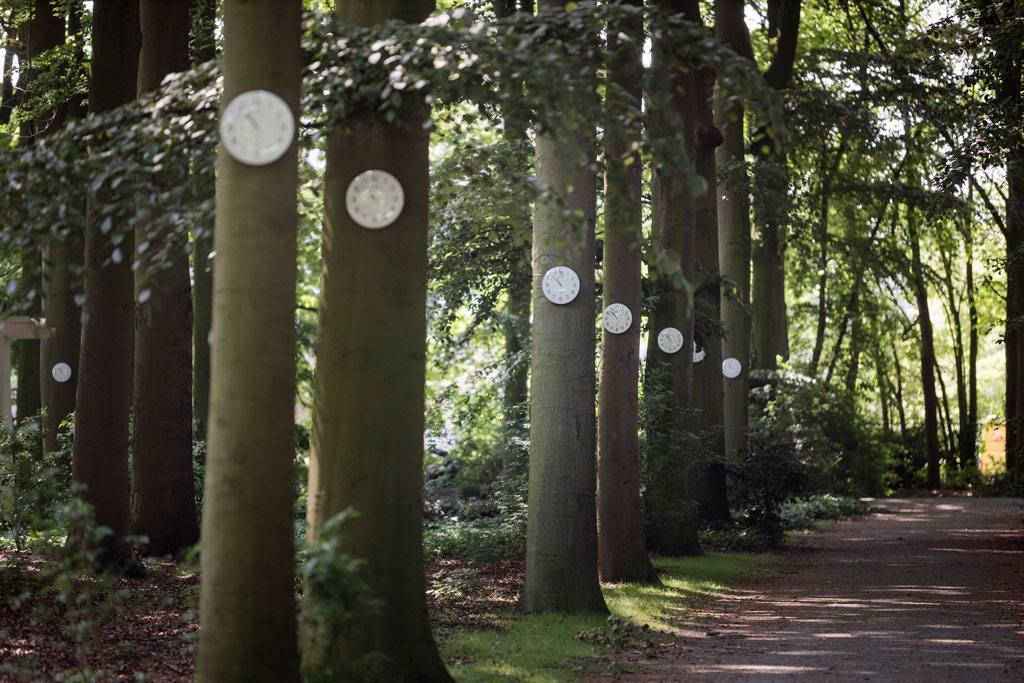 Ria Pacquée has been researching the concept of “identity” since the 1970s. She does this using her own body as a tool: via performances and body art, as well as through recent installations and video works. From her position as a performer, she takes a central position in her work (in front or behind the camera ) without it becoming biographical or personal. She sees identity as an open and therefore dynamic construction in constant dialogue with the outside world.
Ria Pacquée has been researching the concept of “identity” since the 1970s. She does this using her own body as a tool: via performances and body art, as well as through recent installations and video works. From her position as a performer, she takes a central position in her work (in front or behind the camera ) without it becoming biographical or personal. She sees identity as an open and therefore dynamic construction in constant dialogue with the outside world.
By Dimitris Lempesis
Photo: Middelheim Museum Archive
The exhibition “They are looking at us, we are looking at them” is placing the work of Ria Pacquée in an international contemporary sculpture context. The project not only contains new sculptural installations, a residence, and performances by the artist herself, but also a performance program with guest artists Suchan Kinoshita, Tsubasa Hori, Lilibeth Cuenca Rasmussen and Minja Gu. “Le Tag/200m” which Joëlle Tuerlinckx created for Skulptur Projekte Münster 2017, is reperformed on the occasion of the exhibition. Pacquée’s work also engages in a dialogue with work from the Collection of the Middelheim Museum by Luc Deleu, John Körmeling and Louise Lawler. About ten years ago, Ria Pacquée wanted to head in a new direction and began investigating the possibilities of sculpture. Gradually she developed a group of installations based upon material found in the public space. Her installations allow us to look at our environment and at ourselves, just as her video works and performances do. Pacquée unravels the mechanisms in our society and invites us to reflect about the systems that we use unconsciously, each day, and about who we are and how we shape our identity and our reality. In “The wind will blow away the smell of the boyfriend who left for no reason” (2019), a tree resembles a giant clothes hanger, on which someone is airing the clothes of a lover who suddenly left. The installation is connected to “The sun is moving … 3” because it is based upon the same series of photos. It is also a nod to older work such as “Souvenirs of the Men I’ve Loved” (1985) and “The Girl Who Was Never Asked to Marry” (1988). These works are not innocent: humorous, but nevertheless critical of the roles that women and men play in love and in society. Clothing is important to Ria Pacquée, as a disguise, but also as an element that can change reality. It fascinates her because we all use it to express our identity, or even create or manipulate it. Our clothing choices express how we see ourselves in terms of gender, profession, outlook on life, etc. In “9 Easy Steps To A Happier Life” (2019) Ria Pacquée invites us to calm down and relax, following yoga instructions, in the cylinders that she has installed. Once inside, however, the opposite happens: the raging traffic beneath your feet is not conducive to a balanced mind. She inserted them over the ventilation shafts of the Craeybeckx tunnel, through which the highway runs. Pacquée attaches particular importance to spirituality but notices that it can become an empty fashion. She brings a critical note on adopting elements from other cultures – and puts things in perspective. Instead of bird scaring devices or empty seed packets, there are photos attached to the posts in the vegetable garden “Streetramblings, pumpkins and soil in need of water” (2019). Snapshots from her streetramblings, from Athens over Kathmandu and Ostend to Jerusalem. On her walks, Ria Pacquée observes and records everything that happens around her. She collects images from the public space, but is primarily interested in the users of that space. In her earlier works the urban decor is recognizably Antwerp, but nowadays it is more difficult to find out whether it is Borgerhout or Bangkok; there are Buddhist monks in Antwerp too. It is primarily about people and human (inter)action. About the stories that connect the images. The video “As Long As I See Birds Flying I Know I am Alive” (2015) in Ria Pacquée’s recent oeuvre. It includes recordings from different years and different places: Paris, Ostend, Kathmandu, Athens, Istanbul, Bruges, New York, Varanasi and Antwerp. The work takes us beyond cultural and religious boundaries. Pacquée is interested in religious rituals and what they ‘do’: they unite people and enable them to transcend their everyday life. It is striking how each religion embraces similar rituals and similar principles, but is at the same time very distinctive and crucial for one’s identity. Ria Pacquée goes in search of what connects us, rather than what divides. In July and August, performances take place every Sunday, alternately by Ria Pacquée and other artists invited by her. These artists emphasize a number of key points in her own oeuvre: four women who embody the encounter between East and West by their origin, journey and/or work: they were born in the East but have a clear connection to the West. The opposite is true for Pacquée: Antwerp is her home, but her travels regularly take her to the East, often for extended periods. The five artists share a similar mentality in their search for connections but their work is highly individualistic and hyper-personal, and therefore very different.
Info: Middelheim Museum, Middelheimlaan 61, Antwerpen, Duration: 25/5-22/9/19, Days & Hours: Daily, 10:00-21:00 (July), 10:00-20:00 (August) or 10:00-19 :00 (September), www.middelheimmuseum.be
